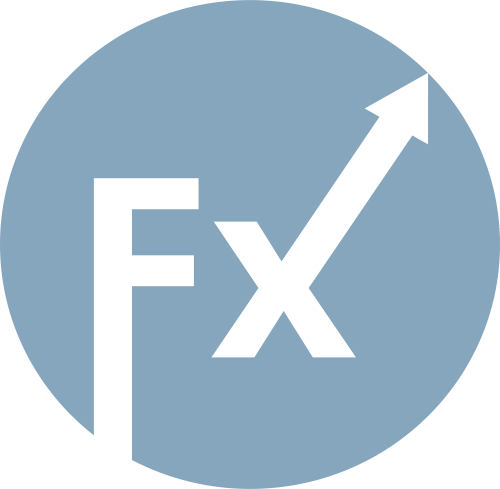Last week, the euro-dollar pair actively tried to establish itself in the 14-figure area amid the overall strengthening of the U.S. dollar. However, sellers failed even to meet the minimum requirement—they couldn't overcome the intermediate support level of 1.1500 (the lower line of the Bollinger Bands on the four-hour chart) and consequently could not test the main price barrier of 1.1470 (the lower line of the Bollinger Bands on the daily chart). Finishing Friday's trades at the 1.1513 mark, EUR/USD sellers demonstrated their indecisiveness. Therefore, it is not surprising that at the start of the new trading week, buyers took the initiative and attempted to approach the 1.1560 resistance level (the middle line of the Bollinger Bands on the daily chart).
Notably, EUR/USD traders virtually ignored the IFO indices released on Monday, even though the data was quite mixed—clearly not in favor of the euro. Specifically, the business climate indicator in Germany decreased slightly to 88.1 (from 88.4), while most analysts had predicted a slight increase to 88.6. The current situation index increased slightly to 85.6 following three consecutive months of decline. On the other hand, the IFO economic expectations index decreased to 90.6 points, down from 91.6 in the previous month.
Overall, there is nothing catastrophic here—the fluctuations in the indices are minimal, within what can be considered "statistical error." However, the general trend is negative. Many companies indicate current improvements in conditions, but are less optimistic about the future. This suggests that businesses are not falling into pessimism but are not expecting rapid and robust growth either.
Weak business expectations are a concerning sign, indicating that companies are not prepared to invest actively or expand production. In the long run, this may limit the potential for economic recovery. However, the current situation is not dire. For instance, at the beginning of this year (January), the IFO economic expectations index in Germany was at 84.3, significantly lower than the November value of 90.6. Moreover, there are currently no signs of a downward trend: since May this year, the indicator has fluctuated between 89.0 and 91.6. The November result is near the upper boundary of this range.
This is precisely why EUR/USD traders ignored the release. Bullish sentiment still prevails in the pair, driven by a decline in the DXY. Last week, the U.S. dollar index reached a six-month high at 100.35, while today it has fallen to the boundaries of the 99 figure.
The dollar is weakening amid unexpectedly heightened "dovish" expectations. Immediately following the release of the September Non-Farm Payrolls, the probability of a rate cut by the Fed at the December meeting decreased to 35%. However, today this probability stands at almost 75%, according to data from the CME FedWatch tool.
The dovish sentiment intensified after comments from John Williams, President of the New York Fed, who unexpectedly supported additional monetary policy easing "in the very near future," specifically in December. Williams not only has a permanent vote in the committee but is also considered one of the most influential Fed officials and an ally of Jerome Powell. Thus, his remarks have significantly altered the fundamental outlook for the greenback, though traders previously ignored similar calls for rate cuts from Stephen Miran, Christopher Waller, and Michelle Bowman. Overall, Williams's statement substantially strengthened the Fed's dovish wing, leading market participants to revise their forecasts accordingly. The dollar is under pressure, and EUR/USD buyers have recovered some of their losses.
However, for the upward trend to develop, buyers of the pair need additional informational support—a strong catalyst that would enable them not only to break the resistance level of 1.1560 (the middle line of the Bollinger Bands on the daily timeframe) but also to establish themselves firmly in the price range of 1.1560-1.1650 (the upper boundary of this corridor corresponds to the lower boundary of the Kumo cloud on the daily chart).
In this context, the next two days may prove crucial. On Tuesday, we will learn the PPI for September, along with U.S. retail sales data for September and the Conference Board's consumer confidence index. On Thursday, we will receive the GDP growth data for the U.S. (for the third quarter) and the September core PCE index.
If these reports mostly come in the "red zone" (especially PPI and PCE), the likelihood of a rate cut at the December meeting will increase to 80-90%, putting additional pressure on the dollar. Conversely, if inflation indicators accelerate and other metrics meet or exceed forecasts, EUR/USD bears may regain the initiative and once again try to establish themselves in the 14 figure area, aiming to break through the support levels of 1.1500 and 1.1470 (the lower lines of the Bollinger Bands on the H4 and D1 charts, respectively).
The intrigue remains, and thus the balance may tilt in either direction. Therefore, at the moment, it is advisable to maintain a wait-and-see position regarding the pair. Selling EUR/USD is risky, as the southward momentum (which we observed last week) is clearly waning, while buying is also risky as key releases in the coming days could significantly strengthen the dollar's position. Hence, the optimal strategy right now is to stay out of the market.

RYCHLÉ ODKAZY